Brass wire drawing machines are at the core of the manufacturing process for creating high-quality brass wire products used in industries ranging from electronics to construction. These machines transform raw brass material into fine wire by stretching, reducing, and shaping it to precise specifications. Understanding the role of these machines helps businesses optimize production, improve quality, and reduce waste.
1. The Basics of Brass Wire Drawing
The process begins with a solid brass rod or billet, typically a few millimeters thick. Brass wire drawing machines use a series of drawing dies to pull the brass through progressively smaller dies. This process not only reduces the diameter of the wire but also strengthens it by aligning the metal grains. The result is a durable, high-quality wire that can be used in a variety of applications.
2. The Step-by-Step Process
Step 1: Pre-Heating
Before the wire drawing process begins, the raw brass material is often pre-heated. This softens the material, making it easier to draw through the dies.
Step 2: Initial Drawing
The brass rod is pulled through a large, coarse die to start the drawing process. This step reduces the diameter significantly, but the wire is still too thick for most applications.
Step 3: Intermediate Drawing
The wire is passed through a series of progressively smaller dies. At each stage, the wire's diameter is reduced while its strength and mechanical properties improve.
Step 4: Final Drawing
Once the desired thickness is achieved, the wire undergoes its final drawing stage. The brass wire is then cleaned, straightened, and spooled for storage or further processing.
Step 5: Post-Processing (Optional)
Depending on the intended use, the wire may undergo additional treatments, such as coating or annealing, to enhance its properties.
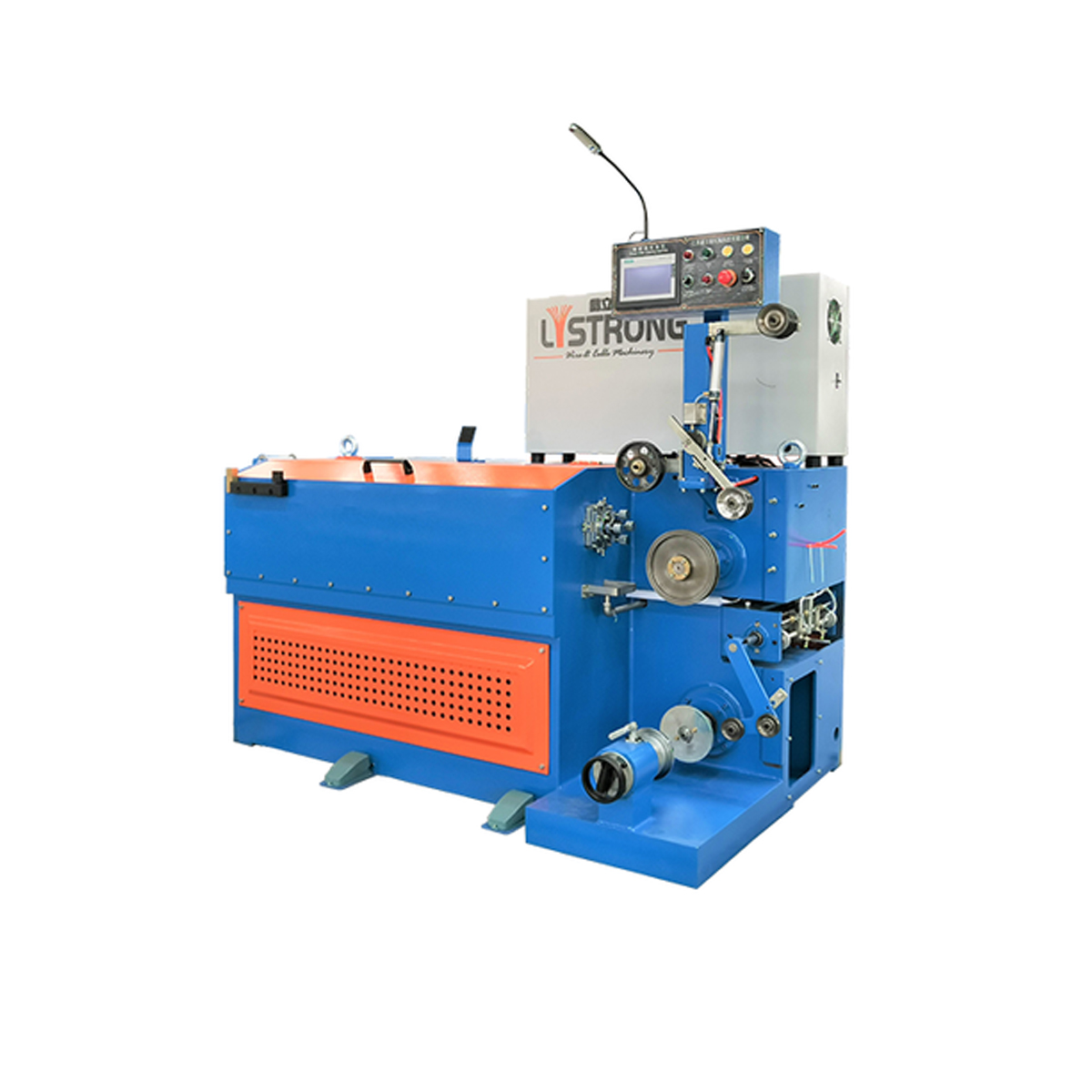
3. Key Components of Brass Wire Drawing Machines
Drawing Dies: Precision dies are critical in determining the final diameter and shape of the wire. They are often made from high-quality steel or carbide to ensure longevity and performance.
Capstans and Pulley Systems: These are used to pull the brass wire through the drawing dies. The speed and tension applied to the wire are closely controlled to maintain consistent quality.
Lubrication Systems: Brass wire drawing involves a great deal of friction, which can cause wear and overheating. Lubrication helps to reduce this, making the process more efficient and ensuring a smooth finish on the wire.
4. The Benefits of Using Brass Wire Drawing Machines
Precision: These machines offer unparalleled precision in creating wires with consistent diameter and mechanical properties.
Strength: The drawing process strengthens the brass wire, making it ideal for use in high-stress applications such as electrical wiring, springs, and fasteners.
Flexibility: By adjusting the drawing process, manufacturers can create wires of various thicknesses, allowing for a wide range of applications.
5. Conclusion
Brass wire drawing machines are indispensable tools in the manufacturing of brass wire products. From raw brass rods to the final, finished wire, these machines offer the precision, efficiency, and versatility needed to meet the demands of modern industries. Whether you are producing wire for electrical components, construction materials, or automotive parts, understanding the crucial role of these machines can help streamline production processes and ensure the highest quality end products.




 中文简体
中文简体 русский
русский Español
Español عربى
عربى

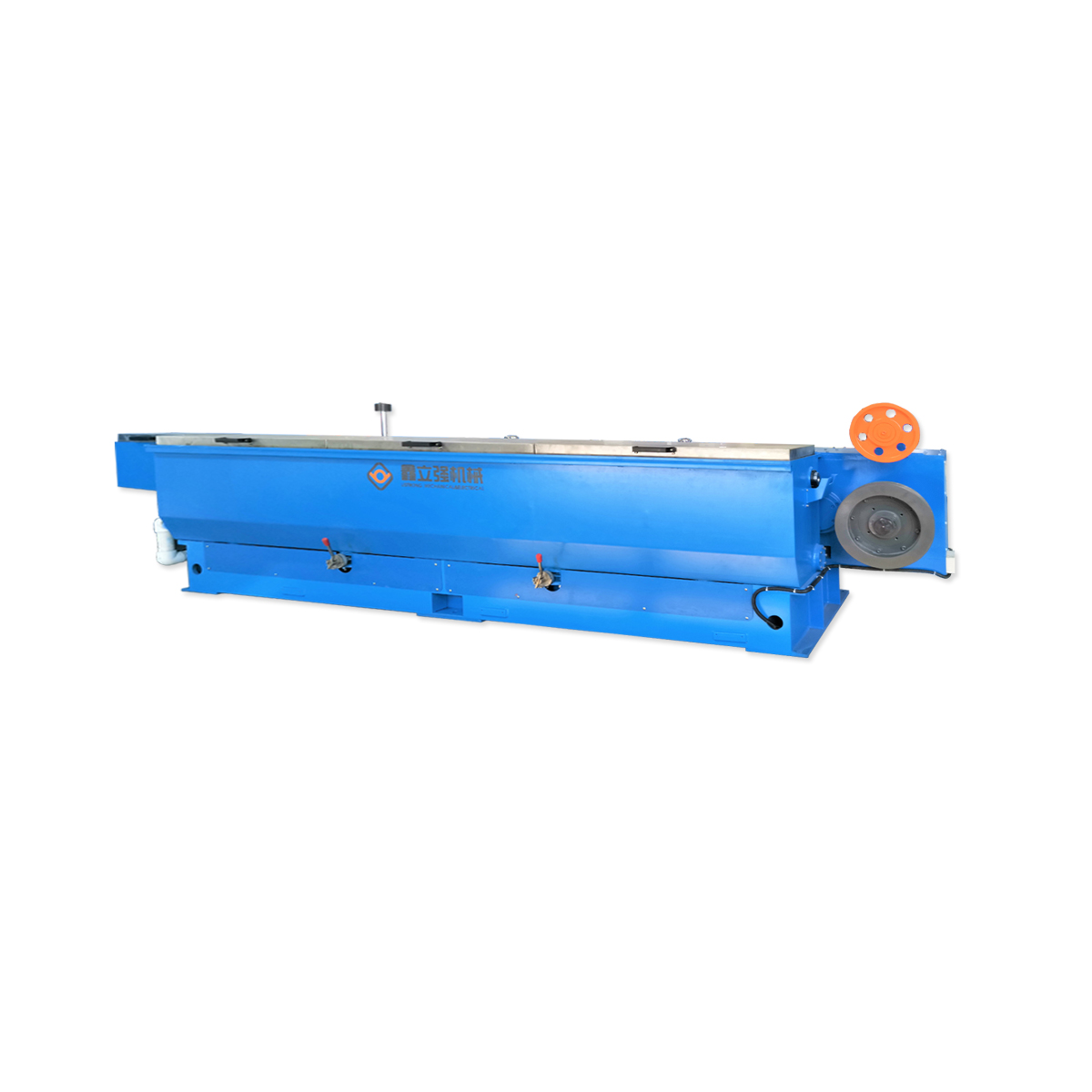
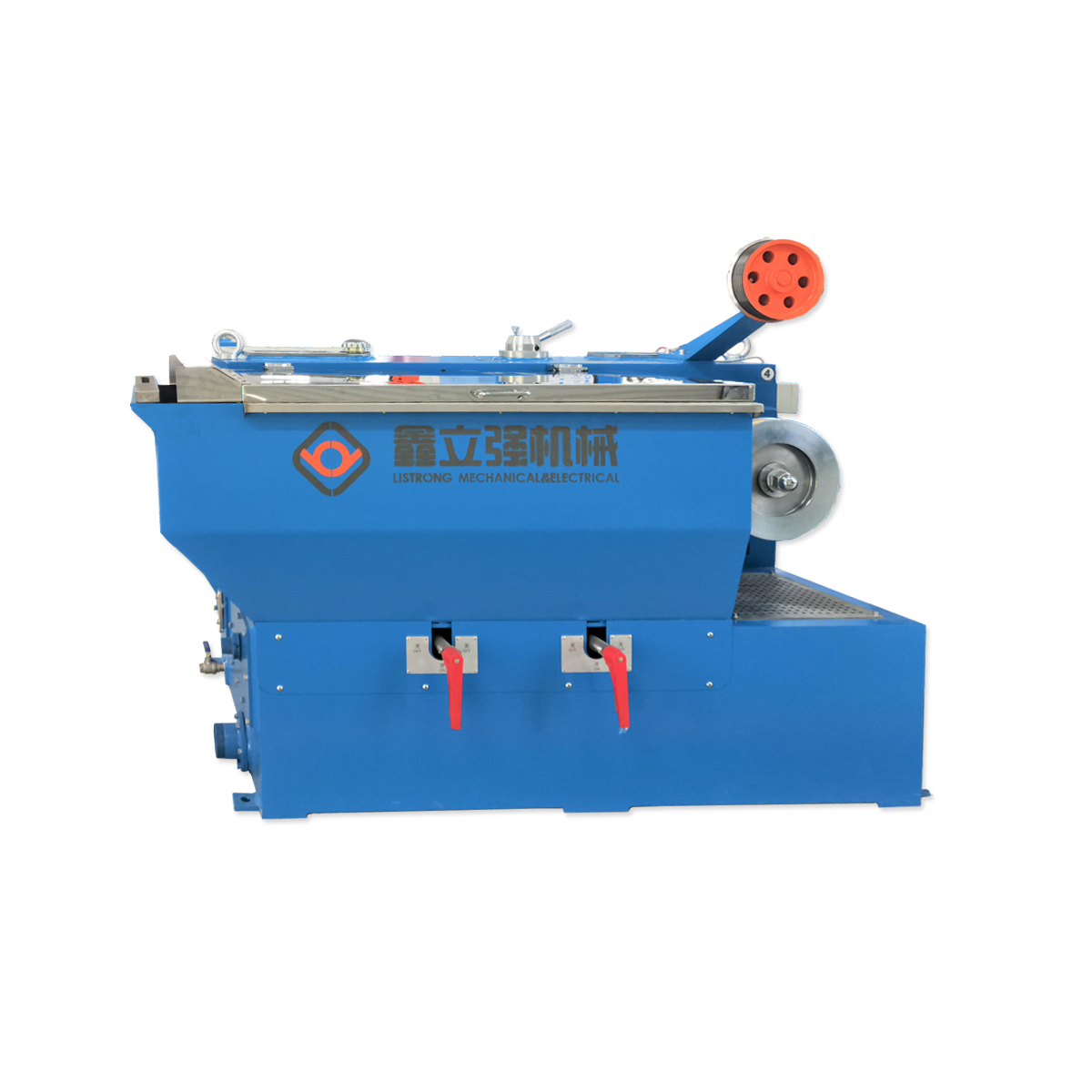
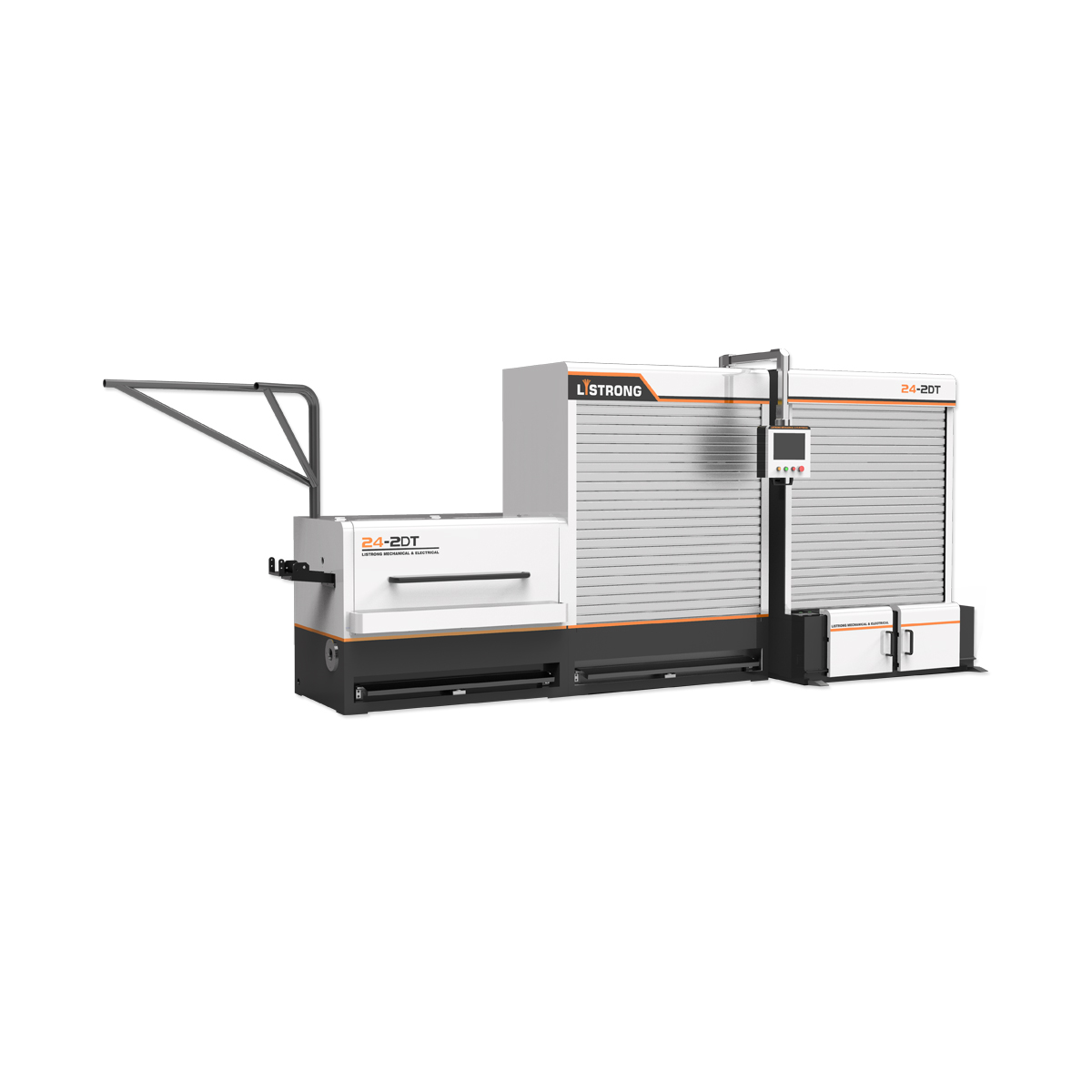
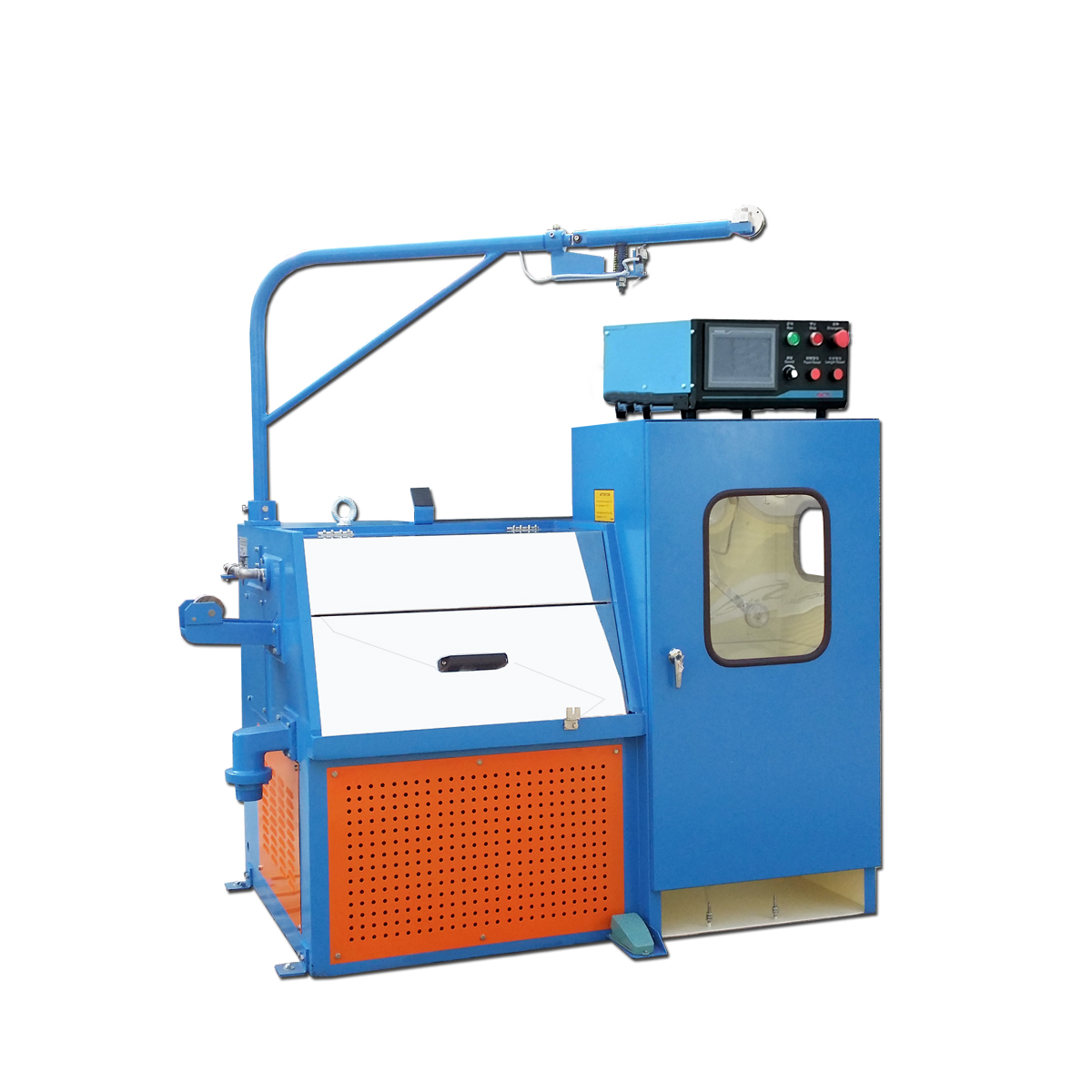
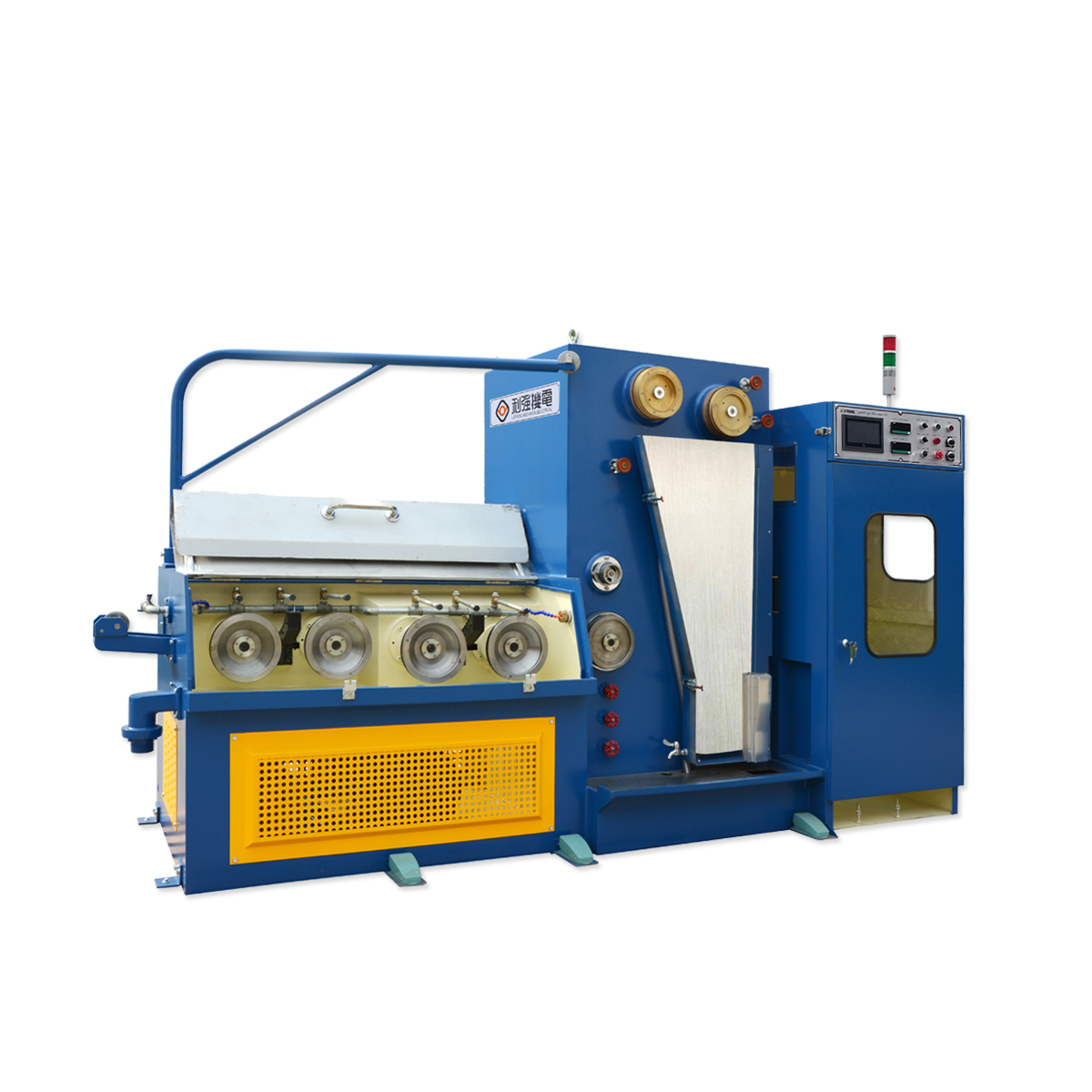
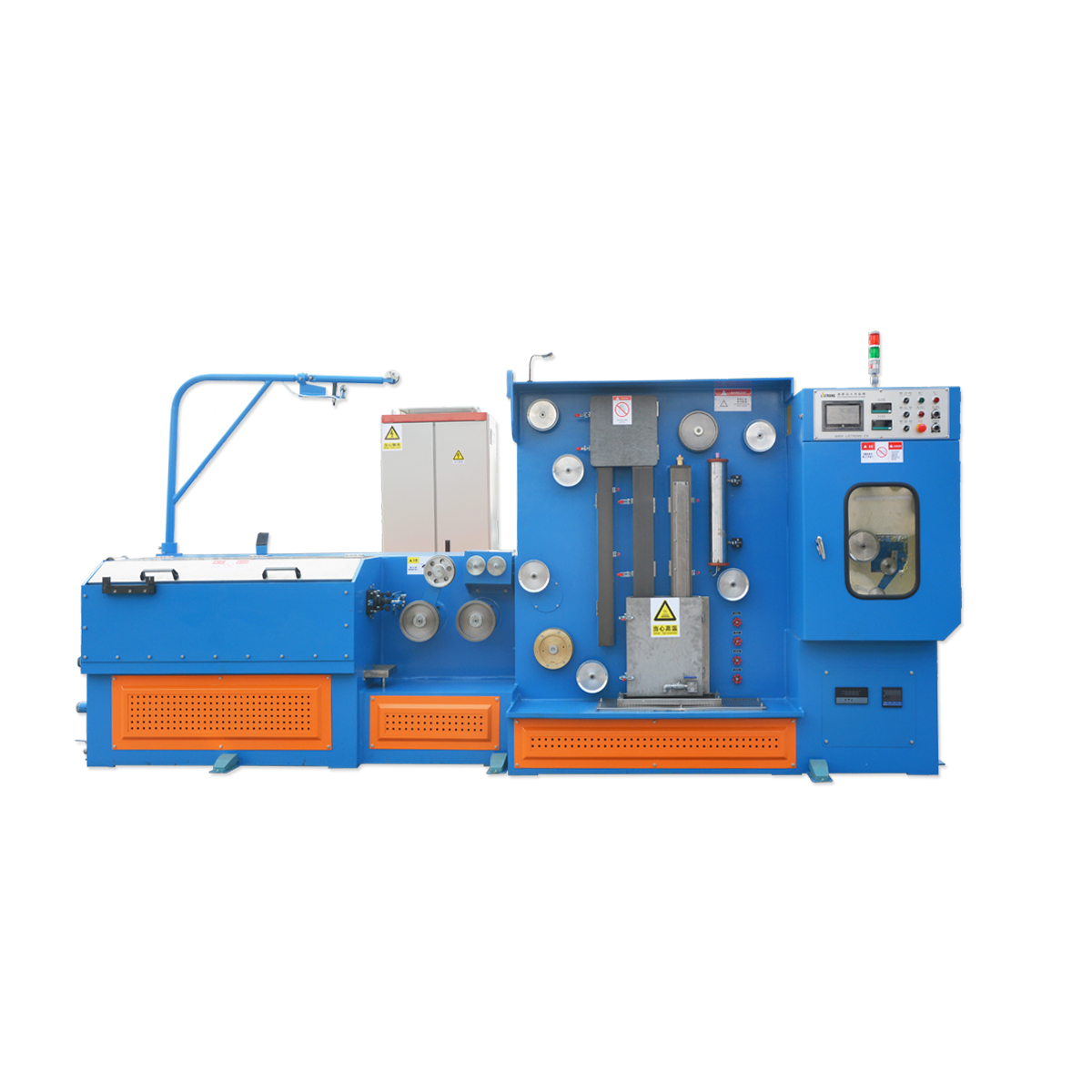
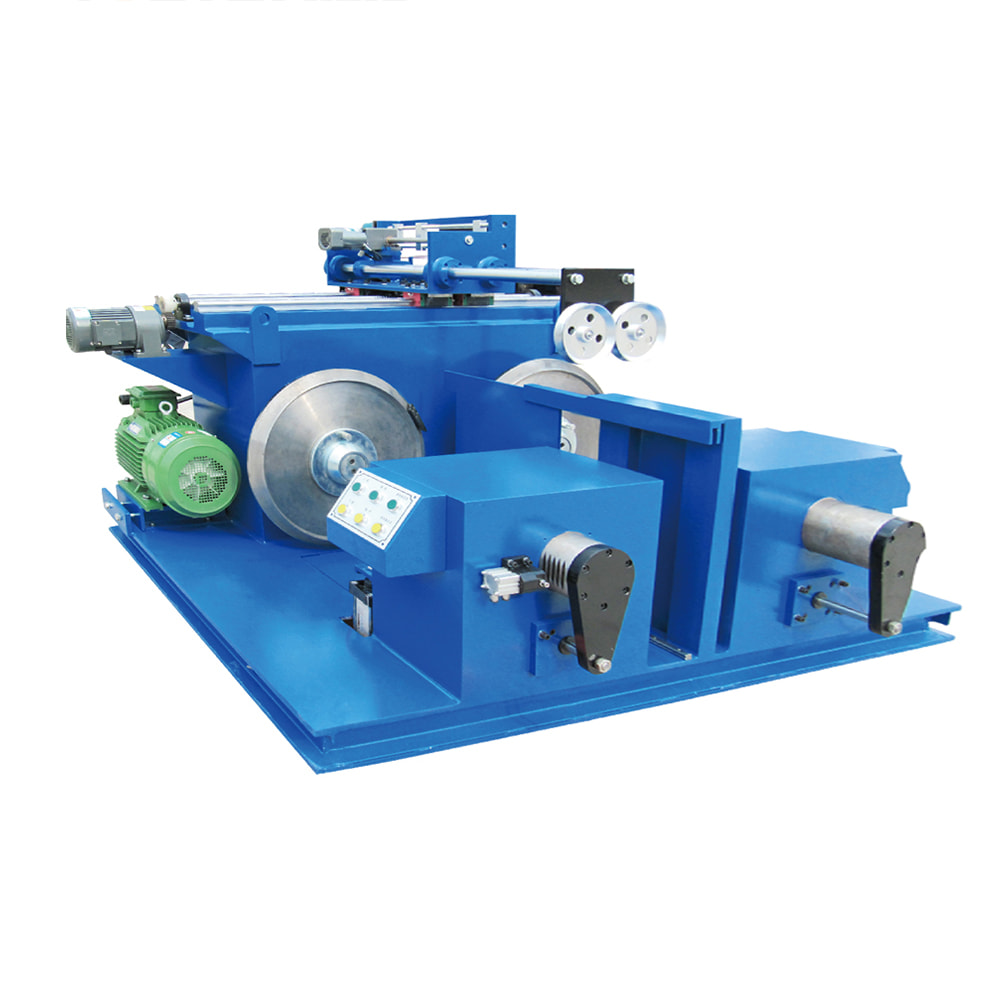
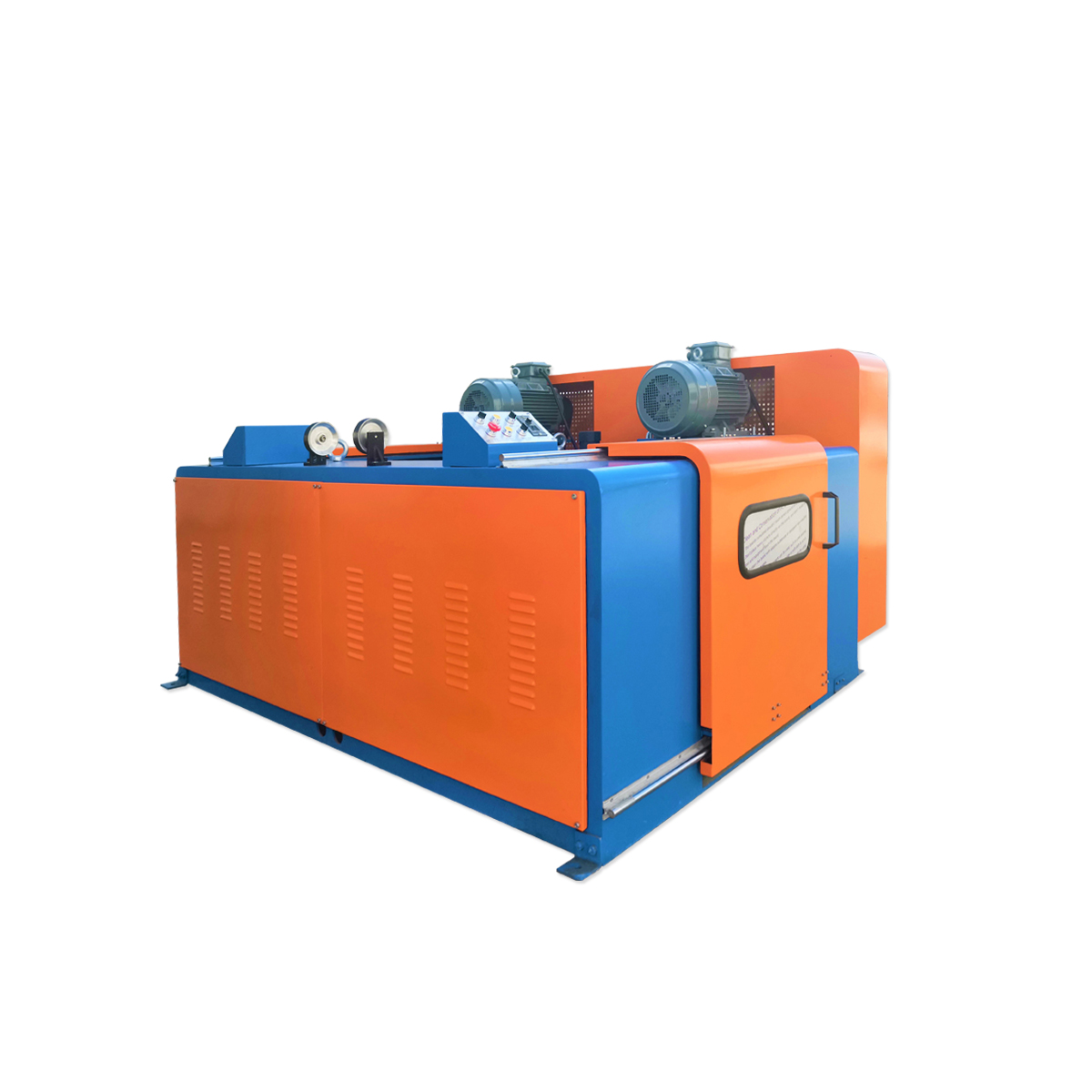

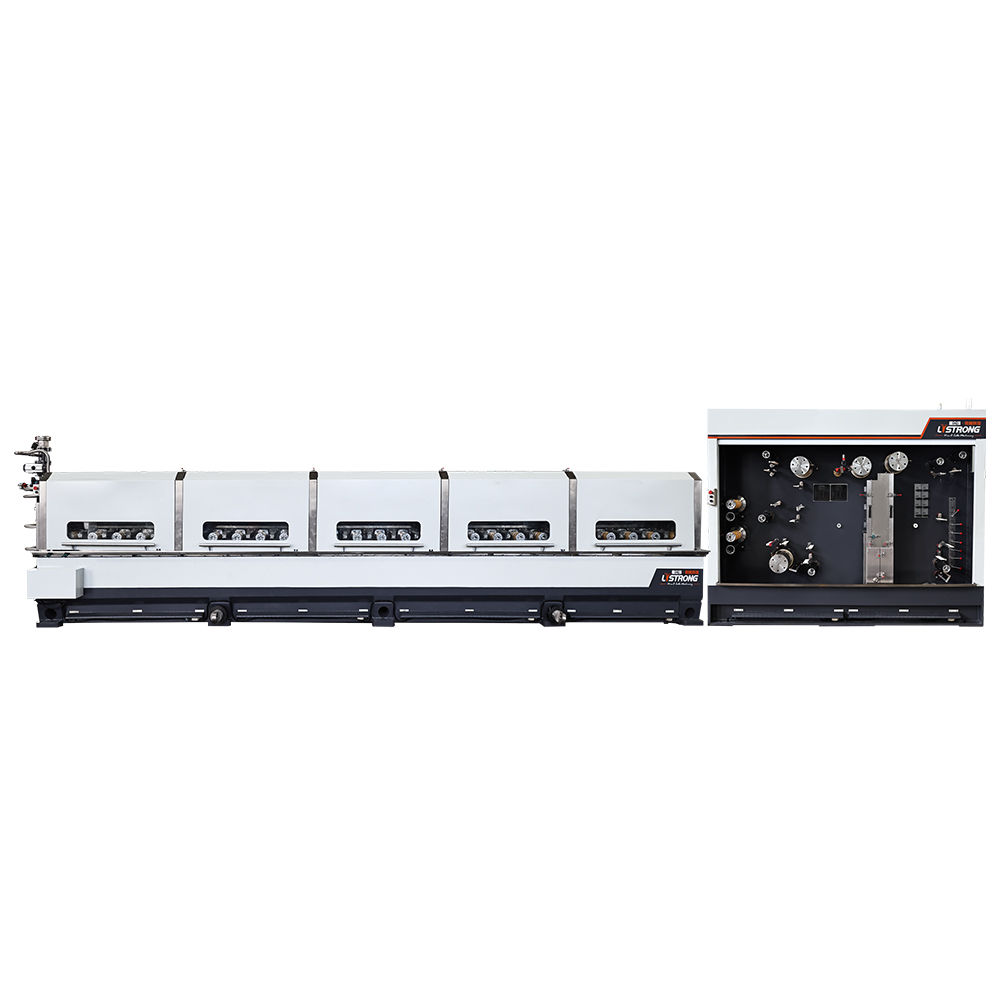



Contact Us